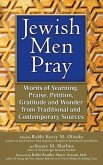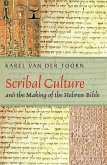Hasidism, a kabbalah-inspired movement founded by Israel Ba'al Shem Tov (c1700-1760), transformed Jewish communities across Eastern and East Central Europe. In Men of Silk, Glenn Dynner draws upon newly discovered Polish archival material and neglected Hebrew testimonies to illuminate Hasidism's dramatic ascendancy in the region of Central Poland during the early nineteenth century. Dynner presents Hasidism as a socioreligious phenomenon that was shaped in crucial ways by its Polish context. His social historical analysis dispels prevailing romantic notions about Hasidism. Despite their folksy image, the movement's charismatic leaders are revealed as astute populists who proved remarkably adept at securing elite patronage, neutralizing powerful opponents, and methodically co-opting Jewish institutions. The book also reveals the full spectrum of Hasidic devotees, from humble shtetl dwellers to influential Warsaw entrepreneurs.
Dynner's book represents an important contribution to the previously understudied historiography of nineteenth-century Hasidism. His thorough and careful archival research, combined with his nuanced analysis of important zadikim, their ideology, and their social power, sets a new standard for the study of Hasidism. This is an indispensable volume for scholars and enthusiastic students of nineteenth-century East European Jewish culture and society. American Historical Review








